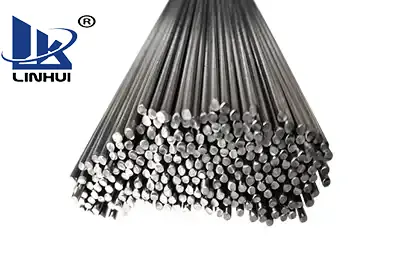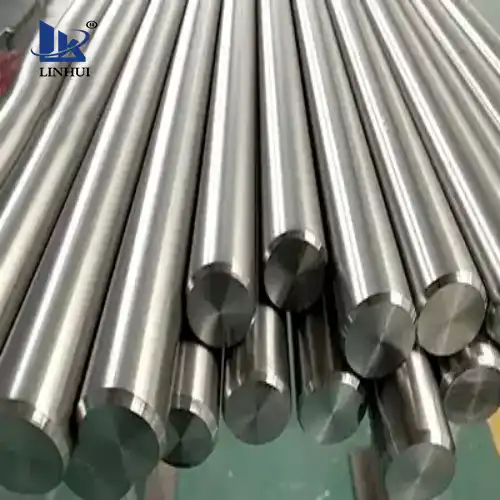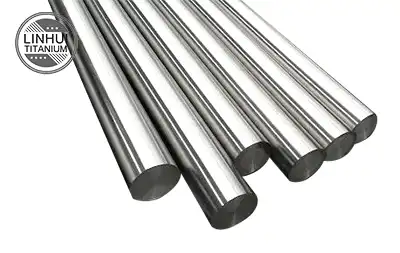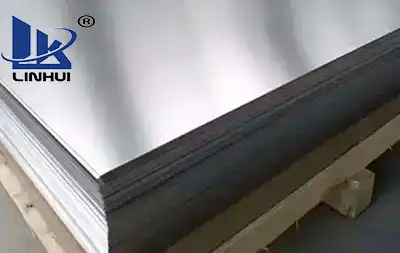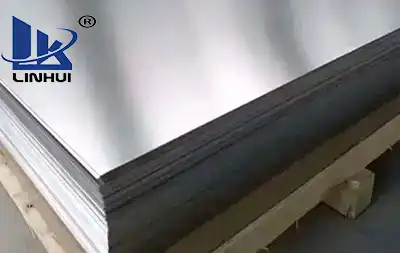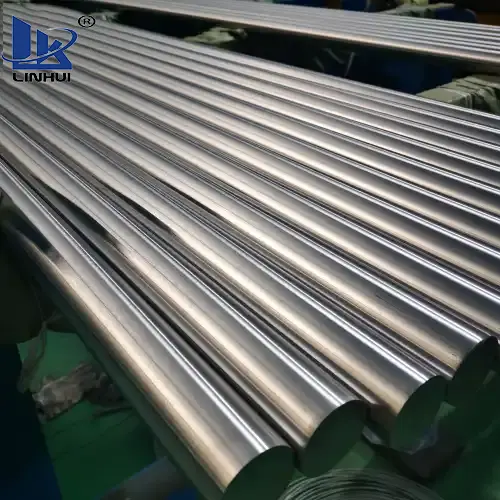How to weld titanium metal?
Titanium metal has a small specific gravity (specific gravity is 4.5), high strength, good resistance to high and low temperatures, and excellent crack resistance and corrosion resistance in wet chlorine. The mechanical properties and welding of titanium are related to the purity of the titanium material. The higher the purity, the better the performance. The lower the purity, the plasticity and toughness will drop sharply, and the welding performance will be worse.
1. Metal properties and welding parameters of titanium metal
Titanium is highly reactive above 300°C and easily absorbs hydrogen, oxygen, and nitrogen atoms at high temperatures, making the material brittle. Titanium begins to absorb hydrogen at a high temperature of 300°C, oxygen at 600°C, and nitrogen at 700°C.
The argon arc welding machine should have high-frequency arc ignition, current attenuation, and gas delay protection, and the pulse device welding wire must have mechanical properties equivalent to those of the base material.
The material of the protective cover should be made of purple steel or titanium, and the shape should be so as to protect the weld seam so that the weld seam does not discolor. A stainless steel wire mesh should be installed inside the protective cover to act as a gas buffer.
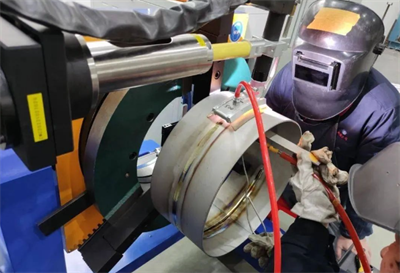
2. Titanium welding operation technology
Cleaning before welding:
The material is beveled with an angle rolling machine, and the scale, grease, burrs, dust, etc. within 25mm on both sides are polished with a wire brush and then wiped with acetone or ethanol.
Welding protection:
Before welding, you must first learn argon protection. When protecting, one person should use a shield to protect the upper part, and the other person should use a shield to protect the lower part. The protector must cooperate with the welder. After welding, the protection can be released only after the weld has cooled. For single-sided welding and double-sided molding, special attention should be paid to the protection of the backside. If it is not well protected, the solder fluid will not be able to flow and there will be no molding.
When welding, there should be a sufficient gap of 3-5mm between the welding seams to facilitate the formation of arc craters. Hold the welding gun in your right hand to lower the tungsten electrode of the welding gun as much as possible. Hold the welding wire in your left hand, use your thumb and middle finger to hold the welding wire, and feed it forward. Keep the welding wire continuous while feeding. To ensure stability and stability, both hands must cooperate well to keep the welding seam flat, and the eyes must always observe the depth of the molten pool and the flow of the welding liquid. The current must be adjusted according to regulations, and excessive current must be prohibited.
Keep the argon gas in the nozzle at 5ml, the protective gas at 25ml, and the backside at 20ml to ensure that the weld seam does not discolor after the protective cover is passed. When welding twice, a certain cooling time should be allowed to reduce the surface temperature to below 200°C, otherwise, cracks and embrittlement will easily occur. The welding position should be flat welding and pipe mouth rotation welding as much as possible.
When welding, the room should be dry and dust-free, and the wind speed should be less than 2 meters/second. Strong wind can easily cause arc instability. When capping welding, try to use a pulse device to make the weld shape beautiful.
3. Manufacturing process and maintenance technology of titanium equipment
The materials for processing titanium pipes, titanium elbows, and titanium cans must meet the requirements. Their toughness, strength, and elasticity must have a plate certificate. Each titanium plate must be adjusted with a crutch, and the dimensions must be calculated when cutting to avoid scraps. If it is too large, use a shearing machine when cutting the board. Try to avoid using gas cutting. When using the pipe, the lines must be clearly and accurately marked. It is strictly prohibited to reuse gas cutting. After cutting the board, use a chamfering machine to make a bevel. The break must be uniform. After the plate is rolled by the plate rolling machine for the first time, the welding seam should be concave a little to facilitate the second shaping after welding. Because the price of titanium material is high (raw material is about 140 yuan/Kg, and process is about 400 yuan/Kg), waste must be eliminated.
There is a big difference between titanium plate maintenance and processing, mainly due to environmental factors, material changes, etc. The welding seam can be protected if it can be protected. If double-sided protection is really not possible, use low-current single-sided protection. After the welding seam cracks, do not weld on the original welding seam. Welding should be carried out by patching the plates. Generally, when the wind is strong, the welding site should have a wind shelter, and use a raincloth or iron plate to shield it. When taking over the pipe, there should be a gap or misaligned welding because the inside cannot be protected. The welding seam should be appropriately widened and thickened.






